Travels across Australia and back again
5 highlights of a wonderful trip.
We chose the Tropic of Capricorn from Rockhampton in Queensland to Coral Bay in Western Australia as the route to explore on our travels across Australia. And we came back across the widest point, from Steep Point in the west to Byron Bay in the east.
Along the way we visited museums, saw fossils, went fossicking, camped in beautiful national parks, met some interesting people, enjoyed the wildflower displays and travelled on all road surfaces from bitumen, through gravel to tracks.
In short we enjoyed a great adventure.
People have asked me what were the highlights of our adventure. Of course, there were many highlights. But rather than writing a book about the trip, here are just five of the most memorable.
1. Museums and fossils.
We visited several heritage museums on our travels across Australia as many towns have historical attractions.
- At Longreach it’s the Australian Stockman’s Hall of Fame and the Qantas Founders Museum,
- Barcaldine has the Australian Workers Heritage Centre,
- Boulia’s Heritage Complex includes fossils as well as other interesting exhibits
- Alice Springs preserves the Old Telegraph Station.
But the highlights for me were Lark Quarry and the Australian Age of Dinosaurs, both near Winton. Lark Quarry showcases a dinosaur stampede thought to be 95 million years old. At that time Lark Quarry was part of a river plain with surrounding lowland forest. Many small two-legged dinosaurs of two different species – one a chicken-sized carnivore and the other a larger plant-eater – came to drink from the water. A huge meat-eating dinosaur stalked them and then charged the prey.
Both the stampeding herd of small dinosaur footprints and the predator’s much larger footprints were preserved in the mud of the river bank for present day visitors to marvel at.
The Australian Age of Dinosaurs features fossilised bones of dinosaurs. Nearly complete skeletons have been prised out of the rocks in which they were discovered. One can only marvel at the patience and persistence of those who do this work. As well we marvelled at the size of neck vertebrae of the giant herbivore Diamantinasaurus matildae.
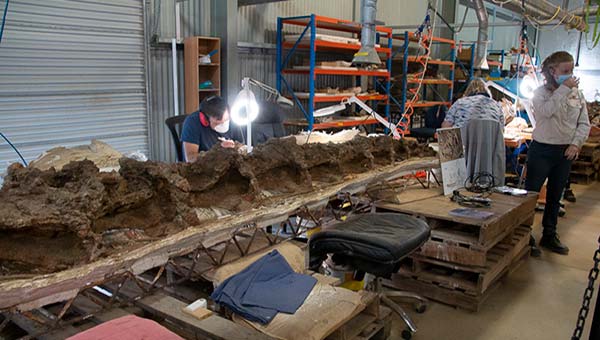
2. Prospecting
We have never tried prospecting before, but we were eager to discover thunder eggs at Mt Hay and sapphires at Rubyvale.
Thunder eggs are formed by volcanic action when gas bubbles were present in the molten lava. These bubbles filled with siliceous liquids, which crystallize when they cooled. After cutting, the thunder eggs reveal many different colours and patterns.
At Mt Hay, visitors can fossick through piles of material excavated from the nearby mine site. And this is what we did, spending an enjoyable morning discovering a few eggs. When cut, the results were delightfully surprising.
Next for us was sapphire hunting at Rubyvale. Similarly to Mt Hay, each participant receives a bucket of gravel to sort through with experts offering helpful advice. We spent another happy morning searching for gemstones.
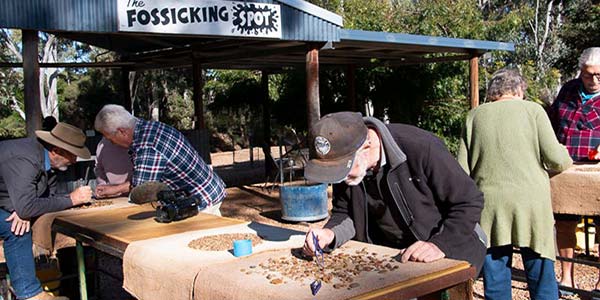
3. National Parks
Steep Point was one of my standout highlights. Well known as the most westerly point of the Australian mainland, this area is now part of Edel Land National Park (proposed).
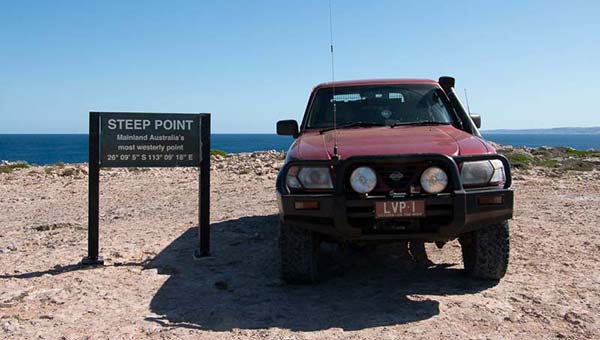
As well as Steep Point, this park features massive sand dunes, secluded beaches and windswept limestone cliffs. You need a four-wheel drive to explore rocky and sandy tracks, the Zuytdorp Cliffs, blowholes and other features.
We camped at False Entrance on the sands of a secluded beach, which we had all to ourselves – just magic.
We visited several national parks on our travels across Australia. Bladensburg, near Winton, is a small park with some interesting scenic features, as well as a pretty camping area beside Surprise Creek. Karajini National Park, in Western Australia, features a stunning landscape of gorges, crystal-clear waters of rivers and pools and waterfalls.
There was also Ningaloo Reef Marine Park for reef experiences and snorkelling and Cape Range National Park nearby.
4. Wildflowers
One of the best features of travel across Australia at this time of year is the wonderful wildflowers to be seen.
No matter where you are in Western Australia, this state will always take the prize for wildflower displays. But South Australia provides fierce competition, especially in the arid or sandy zones.
In the northern goldfields area of WA, the purples and yellows of daisies dominated along roadsides and into the landscape, with the occasional pea plant to give a splash of colour.
Along the Strzelecki Track, it was the deep purple of the pea plants covering the ground and wattles and sennas gave a golden highlight to the view.
We were too early in the year for a full display in WA. September is a better time for the wildflower display, but there were still plenty to marvel at and photograph. Several species of ptilotus were prominent with Sturt’s Desert Pea a highlight.
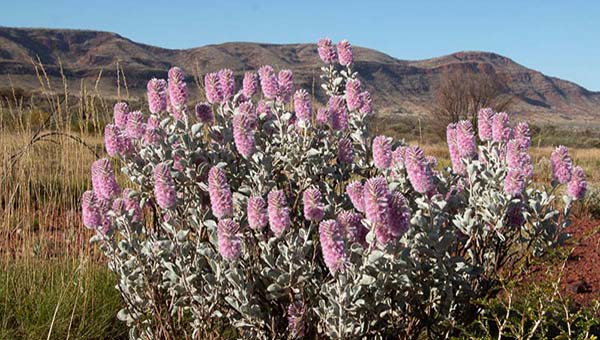
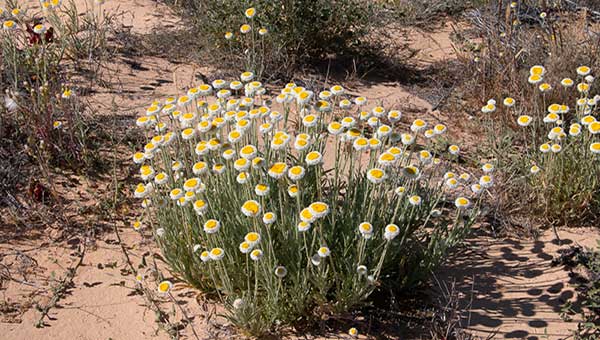
5. People we met along the way
We met Jean and Gary at Jupiter Well. They invited us to camp next to them, and since they had the best campsite there, we didn’t hesitate. This was very good as we discovered that they were going the same way as we were.
Our plan was to travel down the Gary Highway to find the two Capricorn markers on this track. Then to continue to Windy Corner and turn onto the Talawana Track to head to Georgia Bore and eventually Newman.
This is a very isolated area, with few travellers going this way for some time and causing the Gary Highway to be very overgrown in some places. But it was also a very important part of our travels across Australia. So it was great to share the adventure with others. We had travelled the Gary Junction Road and Gary Highway before – you can see our adventures in our video Desert Highways.
Later at Sandstone, we decided to eat out at the local hotel. Here we met Mike and Narelle, who were prospecting in the goldfields area. It was a most convivial meal, and they also told us about Sandstone’s heritage trail linking some interesting man-made structures with striking natural features.
From them we also learnt about the historical village of Gwalia, near Leonora, and the mining museum here. This includes the mine manager’s house, which sits on the edge of a goldmine that is on a scale similar to Kalgoorlie’s super pit. Herbert Hoover designed the house for the mine manager. He was also a President of the USA.
And finally at Curtain Springs, we again decided to dine at the restaurant there. Here another couple invited us to join them at one of the tables. This was a very good move, as Tim and Marguerite had arrived by air, flying in their light aircraft, a Moonie.
Tim and Marguerite were on their way to Darwin where they were going to take part in the Outback Australia Airrace from Darwin to Coffs Harbour with stops at several regional communities between. Each team in the race raised money for the Royal Flying Doctor Service.
And lucky us! They were happy to take us on a joy flight over Mt Connor before they flew off for their next destination. As many will know, Mt Connor is located on a line with Uluru and Kata Tjuta, but is not as accessible. So it was a wonderful experience to see it from the air.
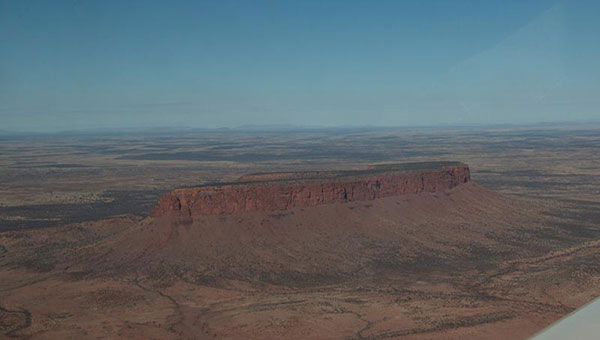
These are only a few of the many highlights from our travels across Australia and back again. I will probably write about this trip again soon.
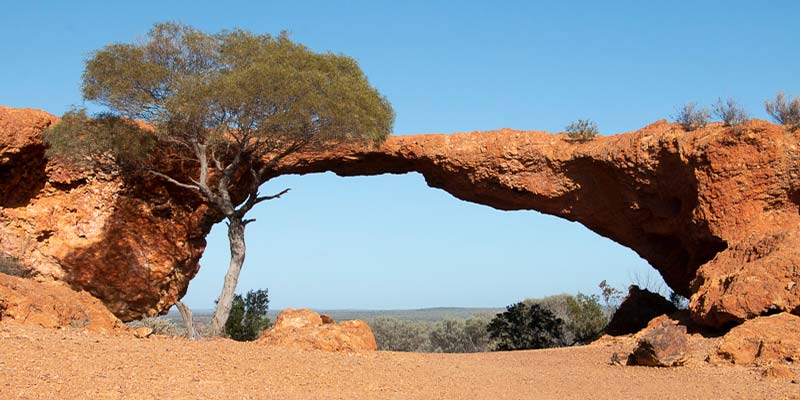
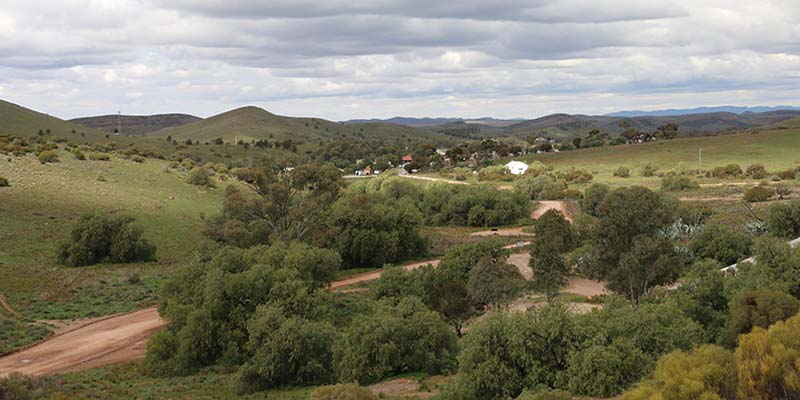
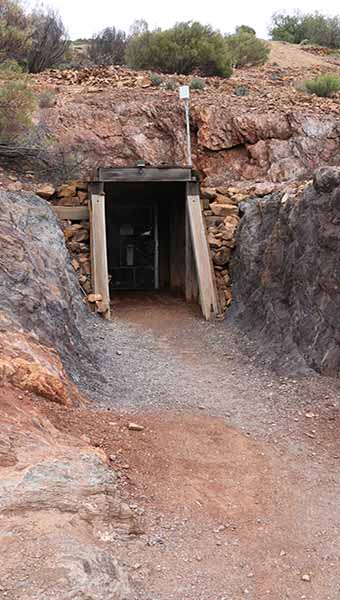
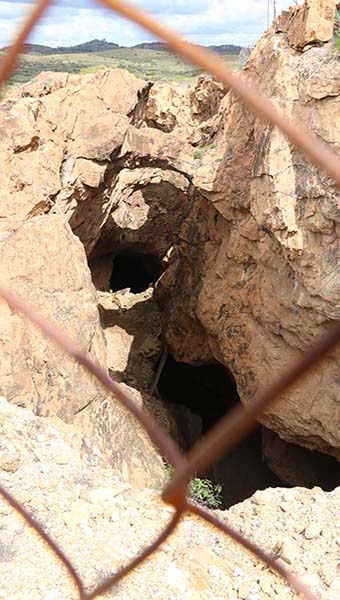
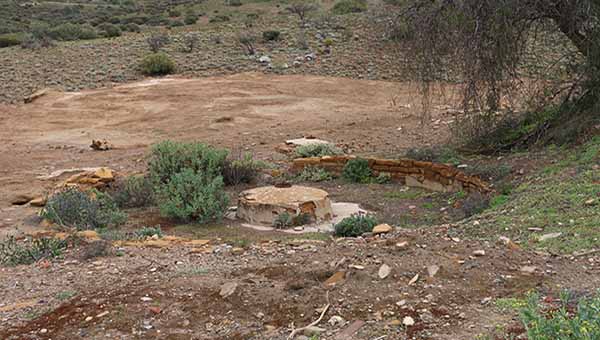
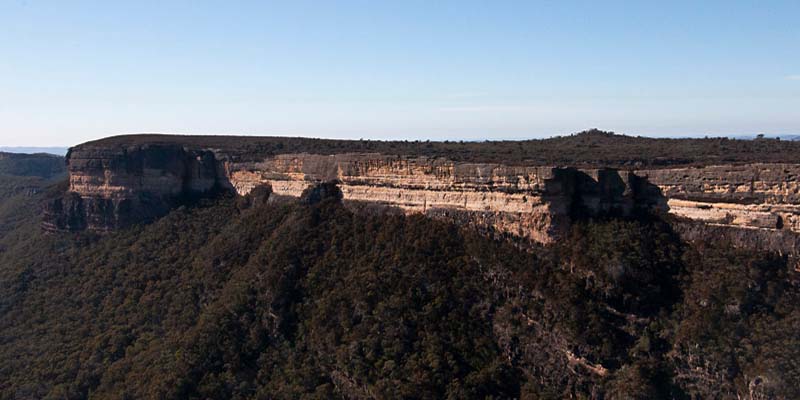
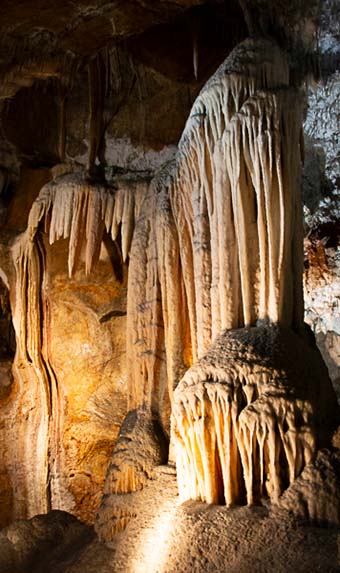
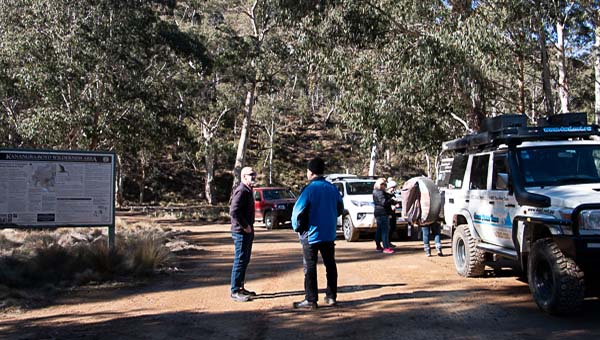
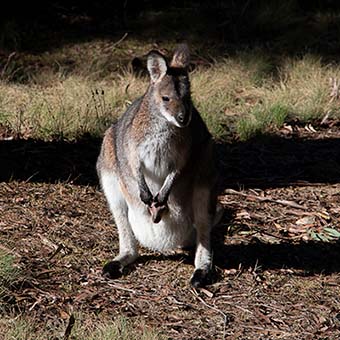
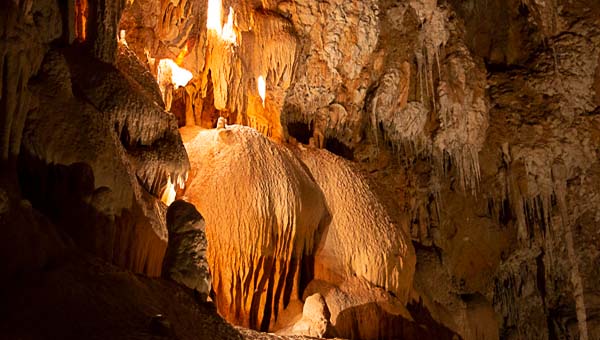
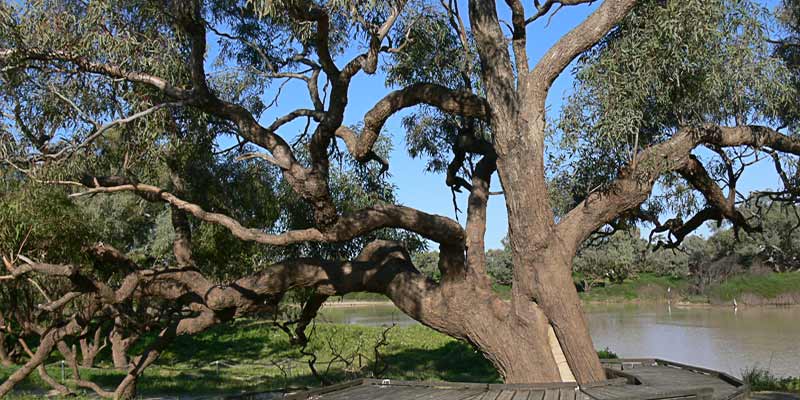
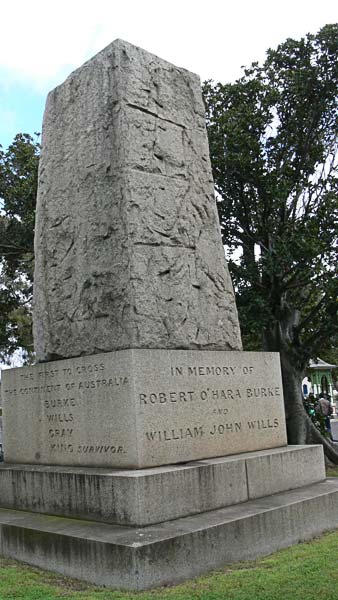
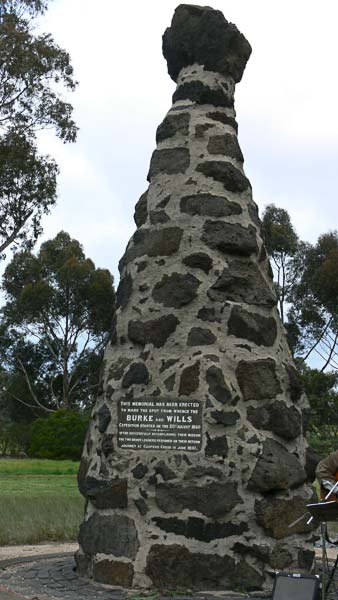
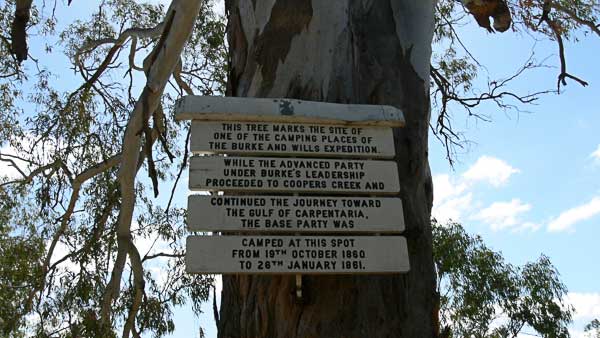
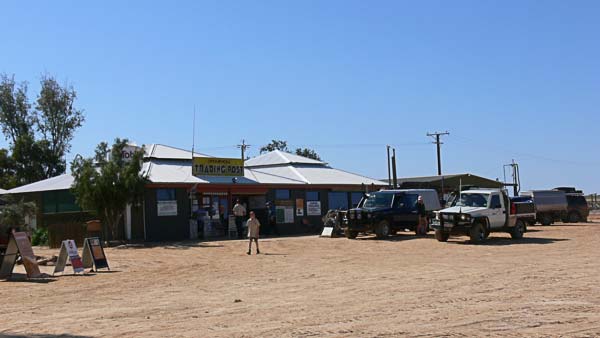
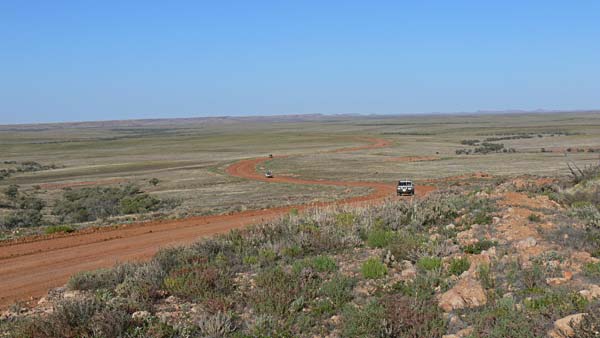
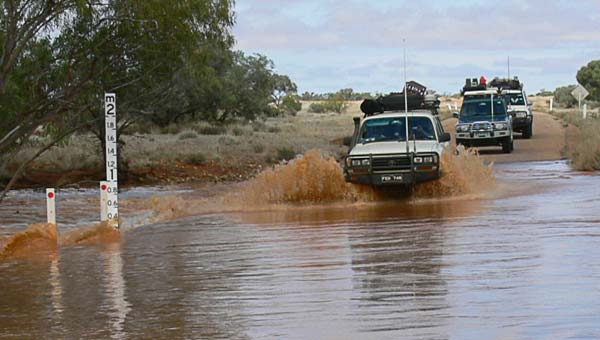
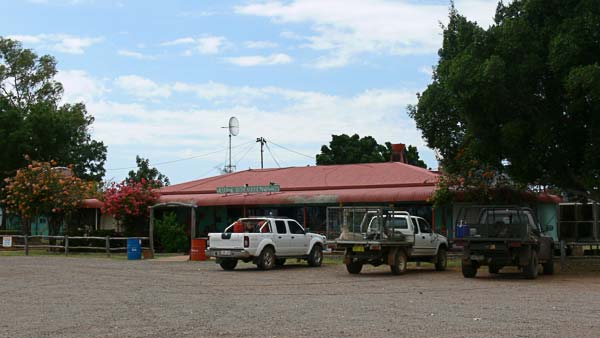
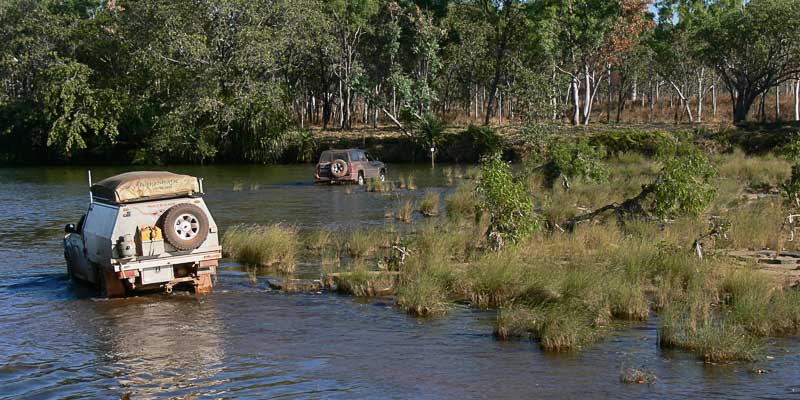
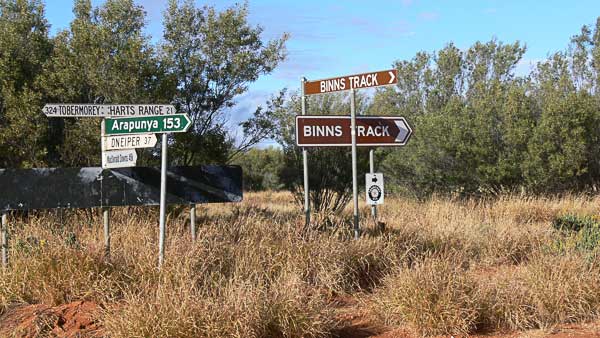
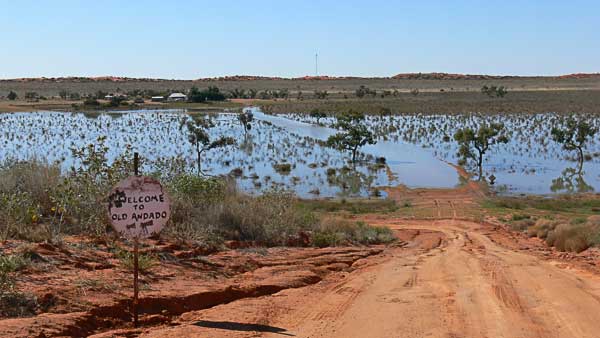
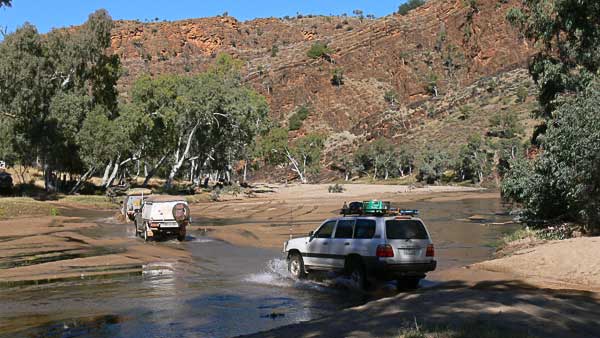
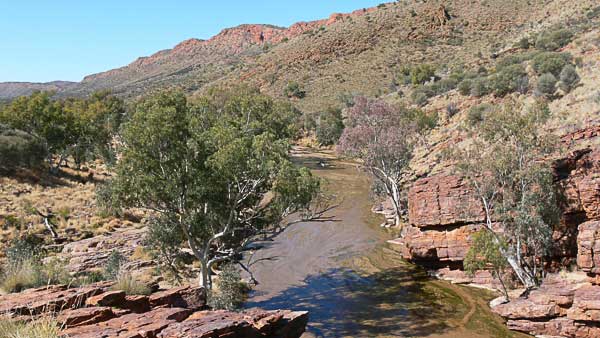
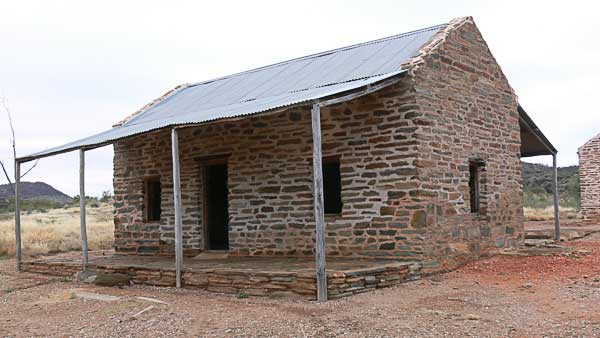
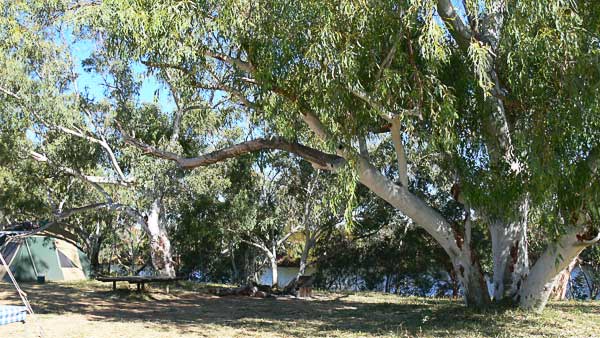
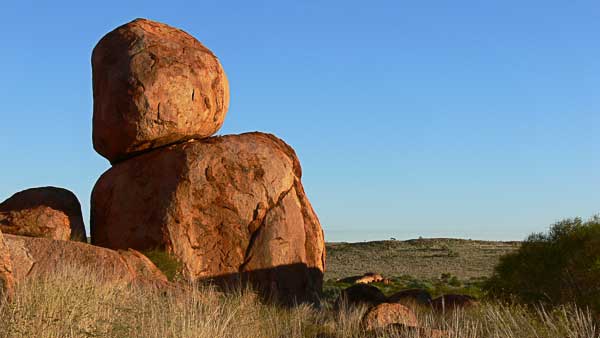
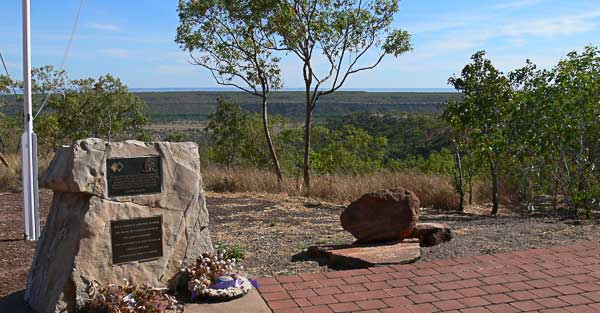
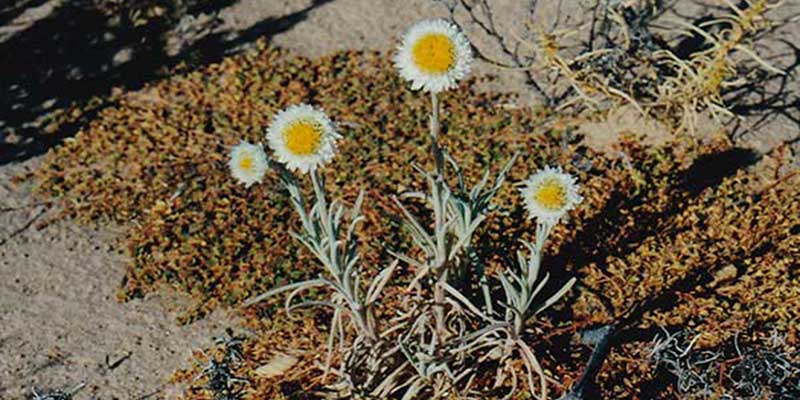
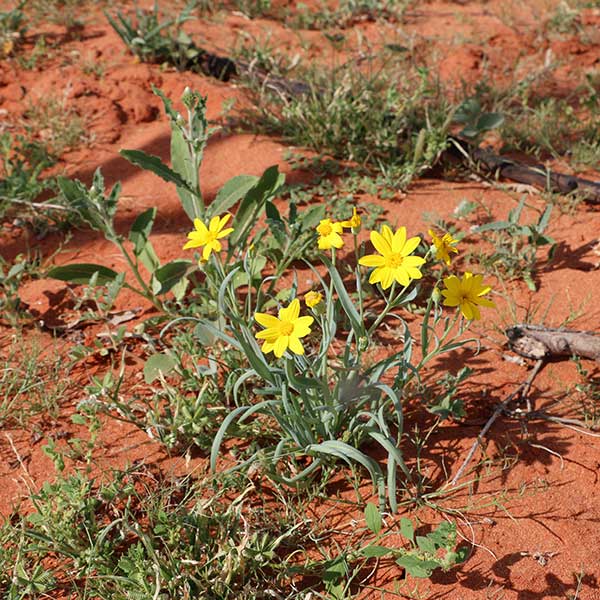
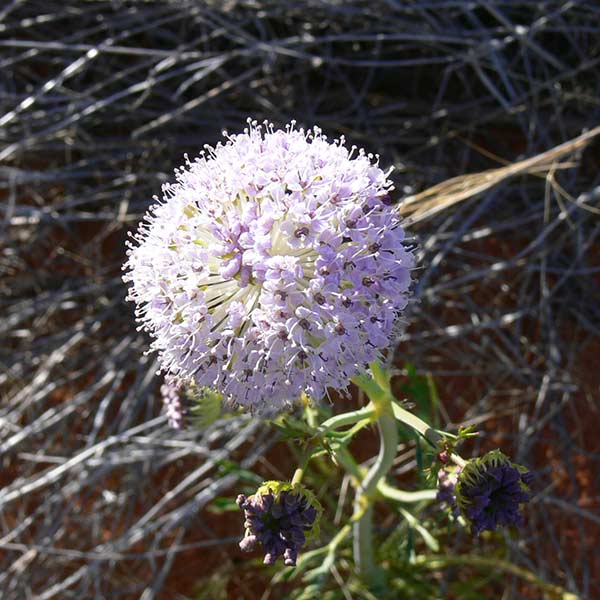
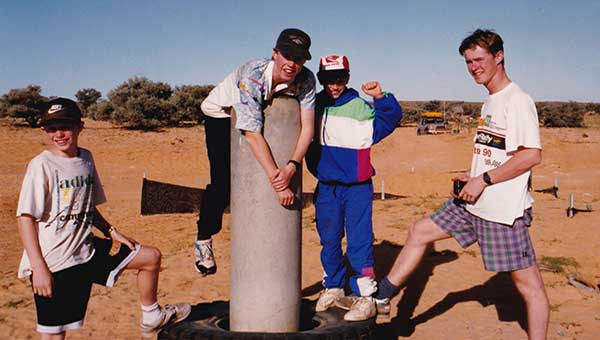
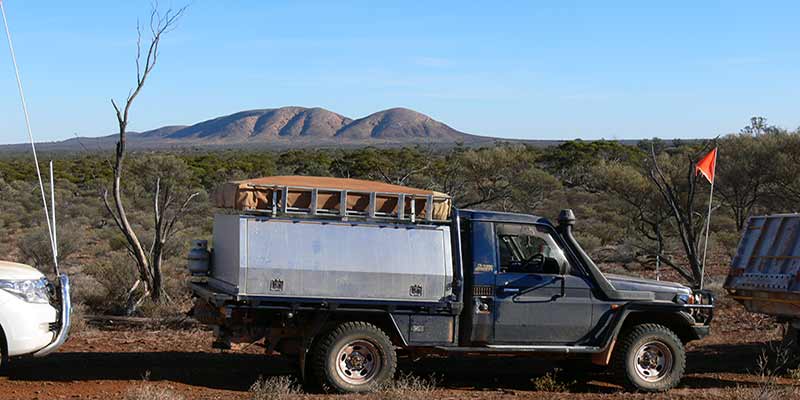
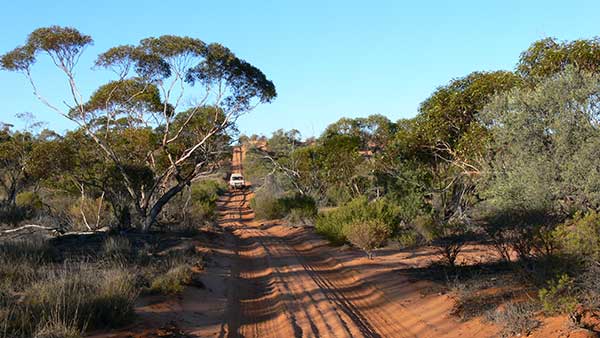
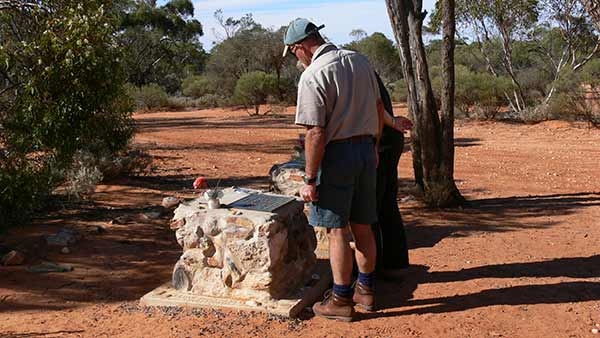
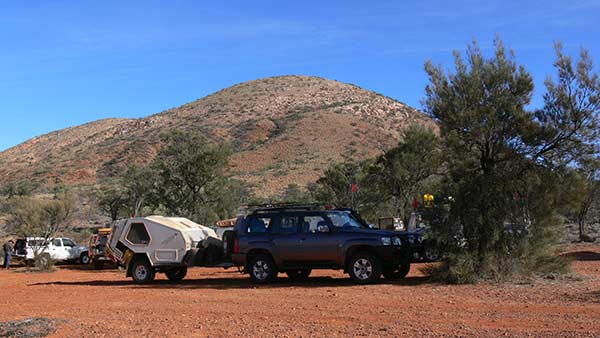
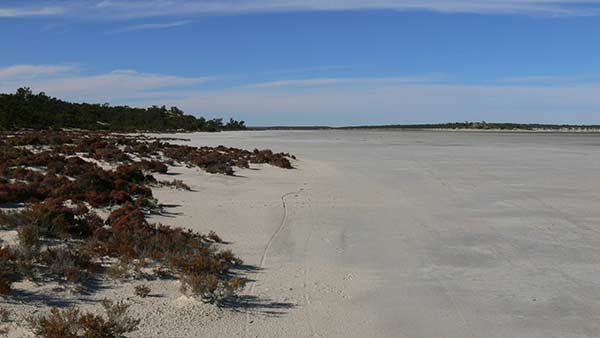
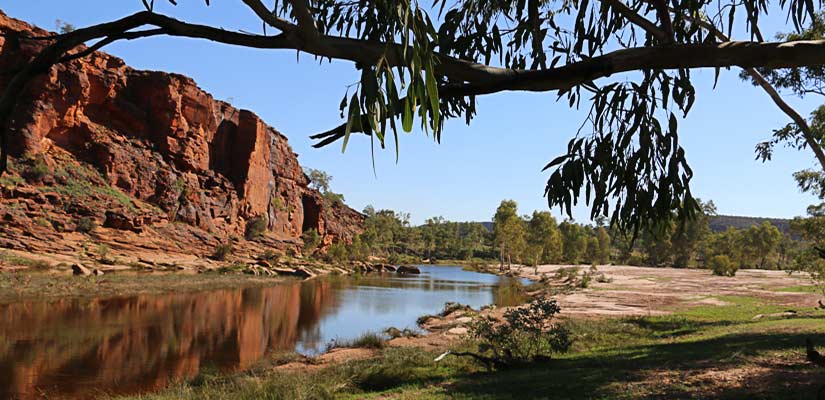
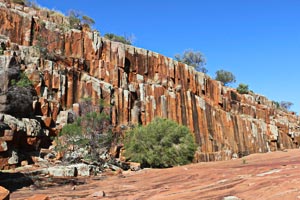
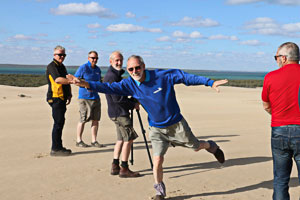
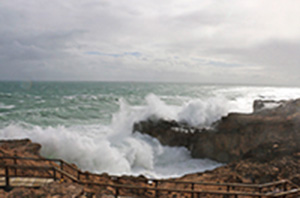
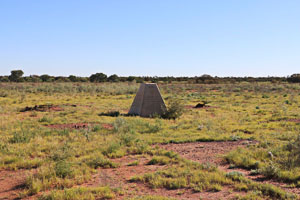
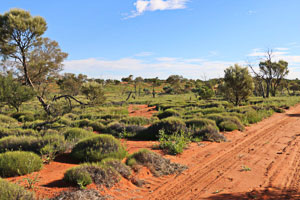
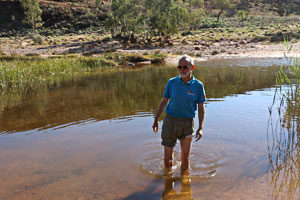
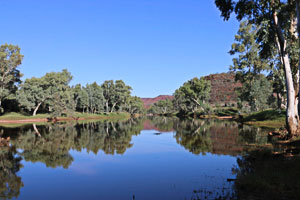
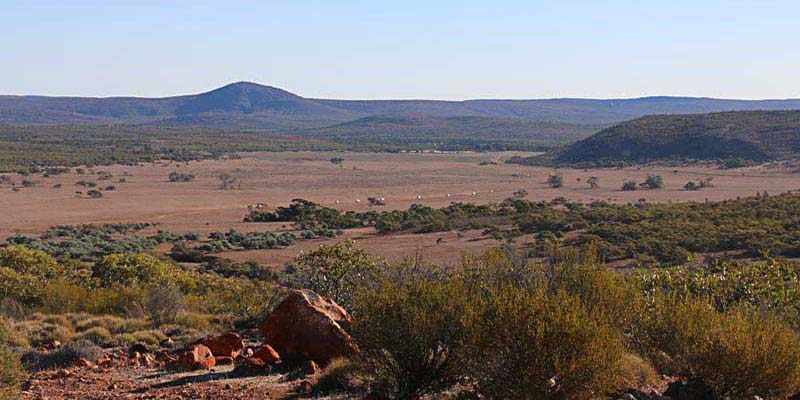
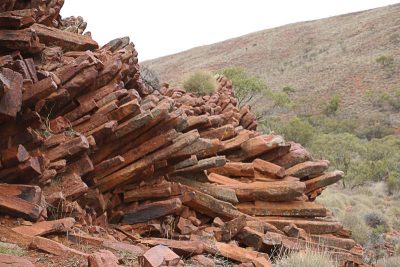
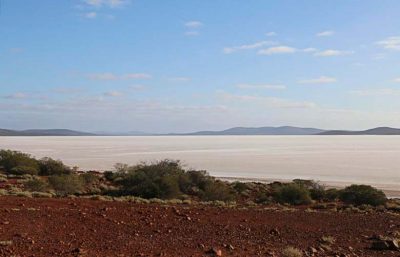 Lake Gairdner is the third largest salt lake in Australia. Its surface is very firm (unless there has been rain), with salt over 1.2 metres thick in some places. It is used annually for Speed Week and race events organised by the Dry Lake Racers Association, when hordes of competitors bring their purpose-built vehicles for the occasion.
Lake Gairdner is the third largest salt lake in Australia. Its surface is very firm (unless there has been rain), with salt over 1.2 metres thick in some places. It is used annually for Speed Week and race events organised by the Dry Lake Racers Association, when hordes of competitors bring their purpose-built vehicles for the occasion.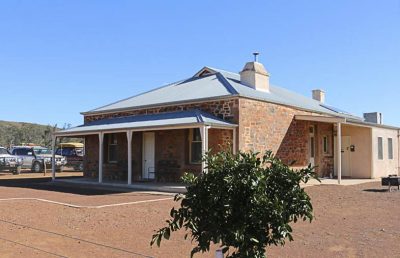
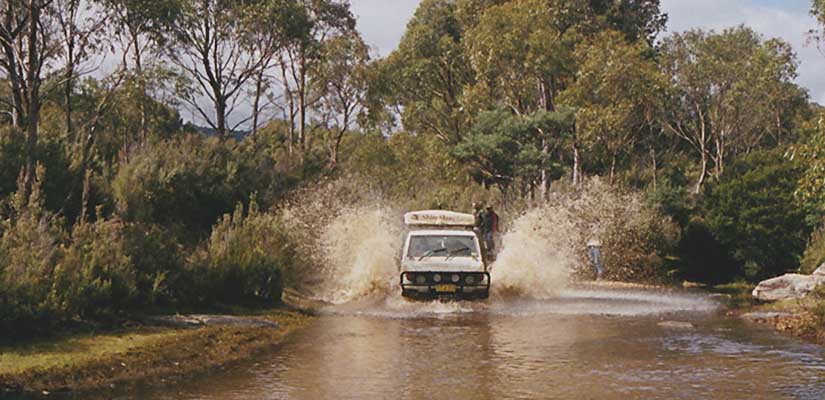
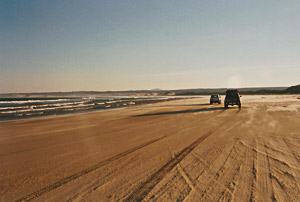 But the best beach driving in Australia is also the most hazardous, so only experienced four-wheel drivers, travelling in well-equipped four-wheel drives, in company with a couple of other vehicles, should attempt this drive.
But the best beach driving in Australia is also the most hazardous, so only experienced four-wheel drivers, travelling in well-equipped four-wheel drives, in company with a couple of other vehicles, should attempt this drive.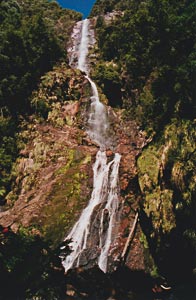
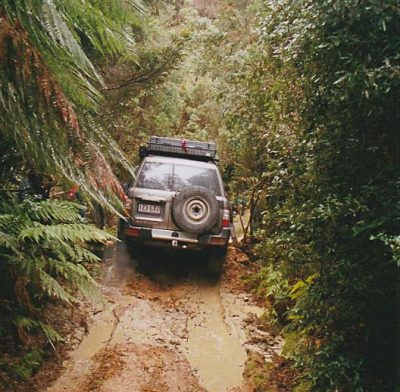 The Saw Back Range track is accessed from the Gordon River Road through a locked gate. The key must be obtained from the Parks Tasmania office at Mt Field National Park.
The Saw Back Range track is accessed from the Gordon River Road through a locked gate. The key must be obtained from the Parks Tasmania office at Mt Field National Park.